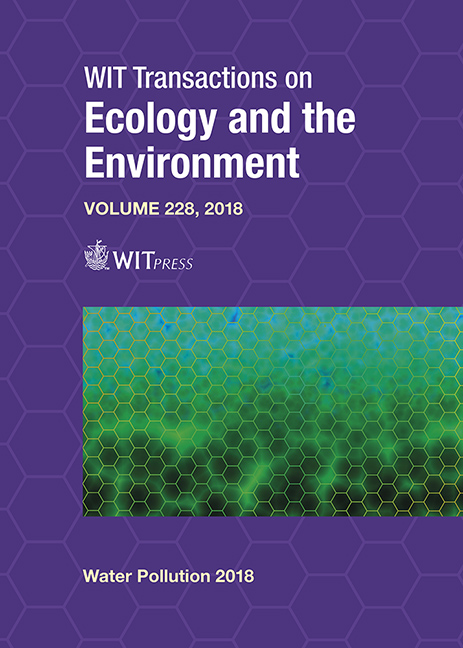GLYPHOSATE IN RUNOFF FROM URBAN, MIXED-USE AND AGRICULTURAL WATERSHEDS IN HAWAII, USA
Price
Free (open access)
Transaction
Volume
228
Pages
13
Page Range
65 - 77
Published
2018
Size
434 kb
Paper DOI
10.2495/WP180081
Copyright
WIT Press
Author(s)
STEVEN R. SPENGLER, MARVIN D. HESKETT, SAMUEL C. SPENGLER
Abstract
High-frequency sampling and analysis was conducted for the broad-spectrum herbicide glyphosate (Roundup) in ephemeral and perennial streams receiving storm water runoff generated within agricultural, urban and mixed-used watersheds on the island of Oahu, Hawaii. Glyphosate was selected for analysis since it is the most widely used herbicide in the world, and as a result, tends to be ubiquitous in the environment and our food supply. Samples were collected under both baseflow and storm conditions from five streams. The pervasiveness and maximum concentration levels of glyphosate detected in these streams are greater than any other pesticide currently present in Hawaiian streams. Glyphosate was detected in 96% and 65% of the stream samples collected during storm events (53 samples) and under baseflow conditions (34 samples), respectively (detection limit = 0.05 μg/L). The mean glyphosate concentrations measured in stream samples collected under storm conditions were between five to fifty times higher than mean glyphosate levels measured in the same stream under groundwater dominant baseflow conditions. The highest glyphosate concentrations were measured during a small runoff event in Manoa stream which flows through residential communities in urban Honolulu. The mass of dissolved phase glyphosate measured in stream water during the individual storm events monitored ranged from 0.5 to 18 grams. Between 11% and 23% of the total glyphosate load was present in suspended sediment during three sampled storm events in Honouliuli, Waimanalo and Kawa streams. The estimated total mass of dissolved phase glyphosate that discharged into Kaneohe Bay from Kawa Stream over a four-month monitoring period from December 2017 to March 2018 was 987 grams, with 92% of the pesticide load entering under storm conditions.
Keywords
glyphosate, streams, suspended sediment, Hawaii, Oahu





